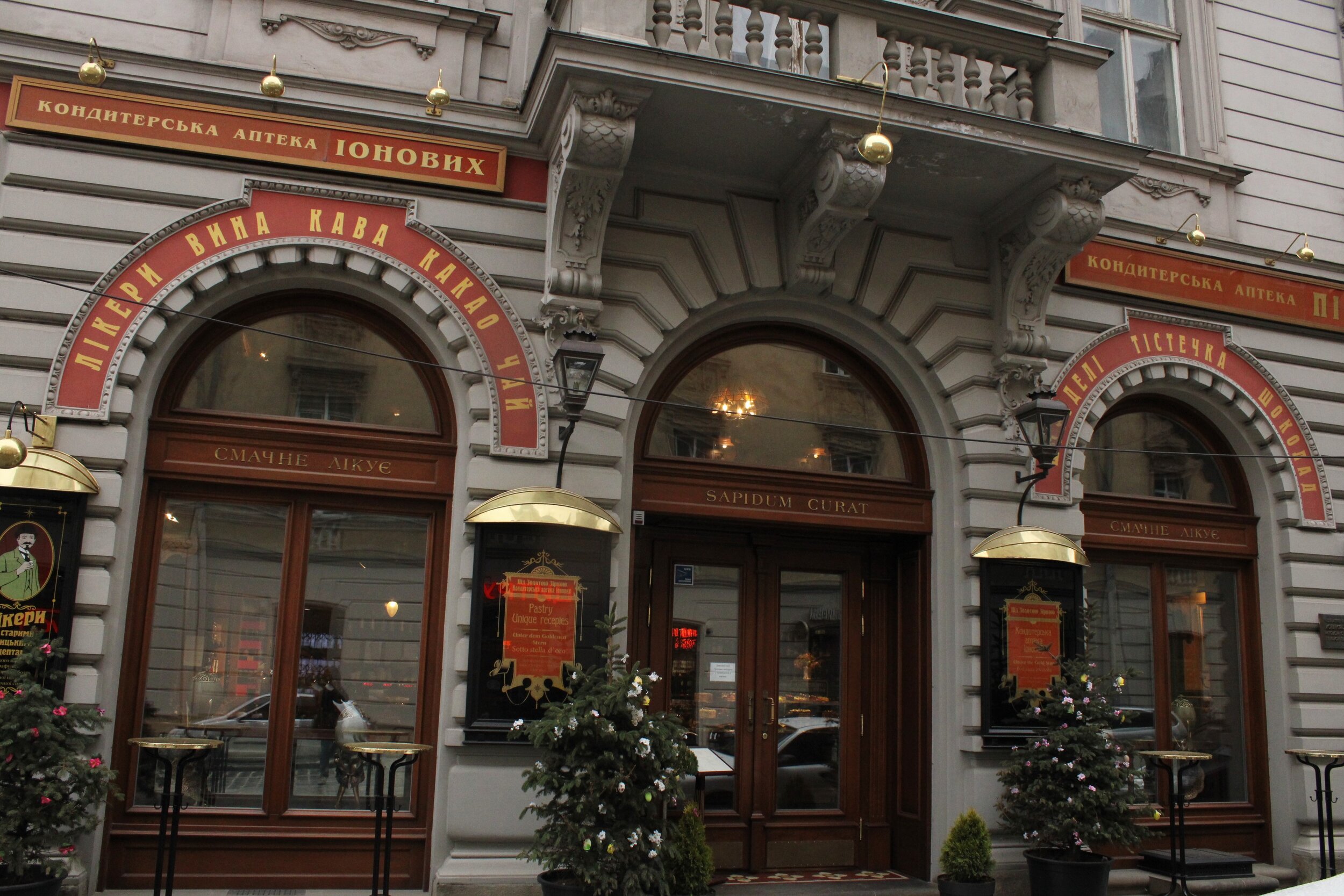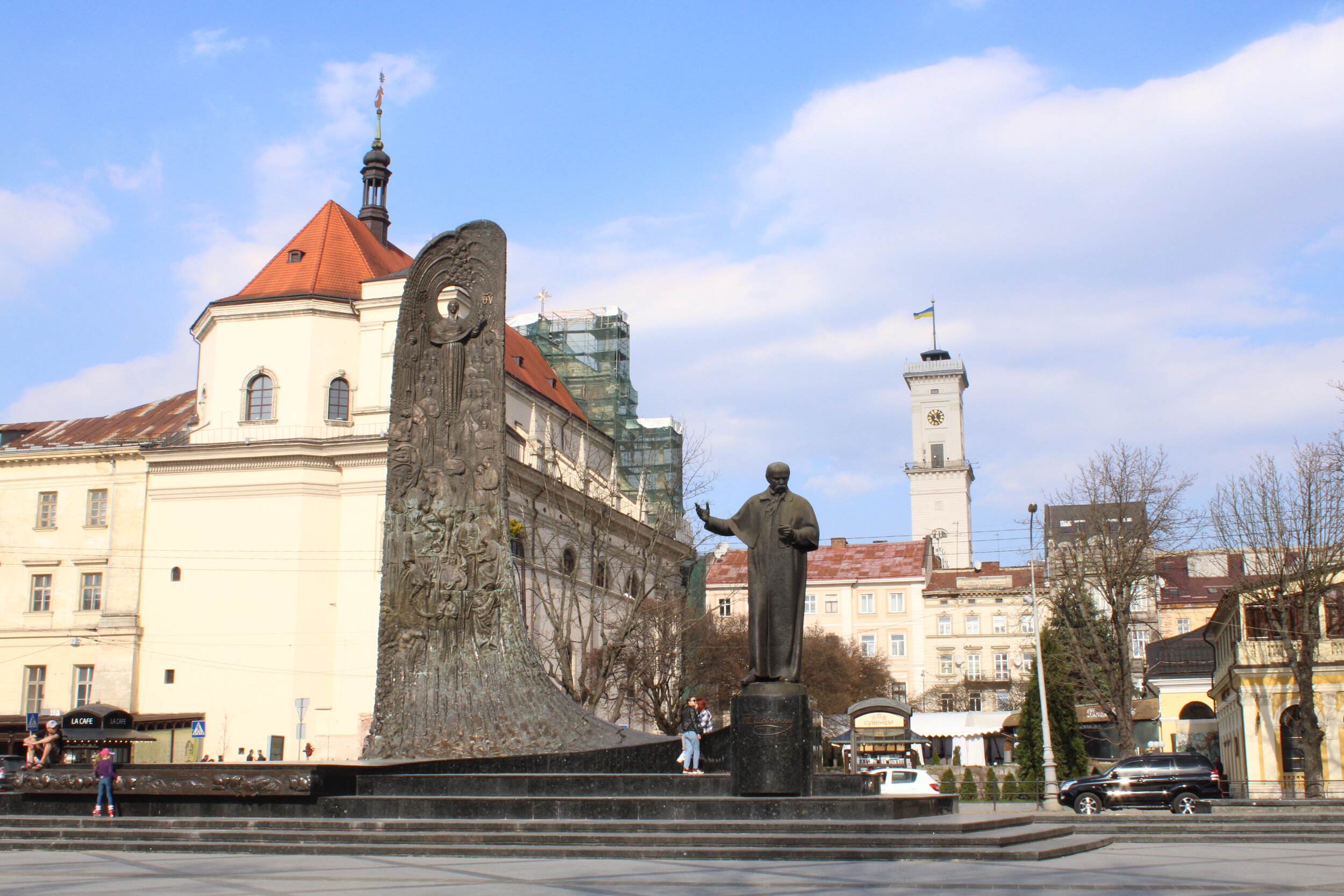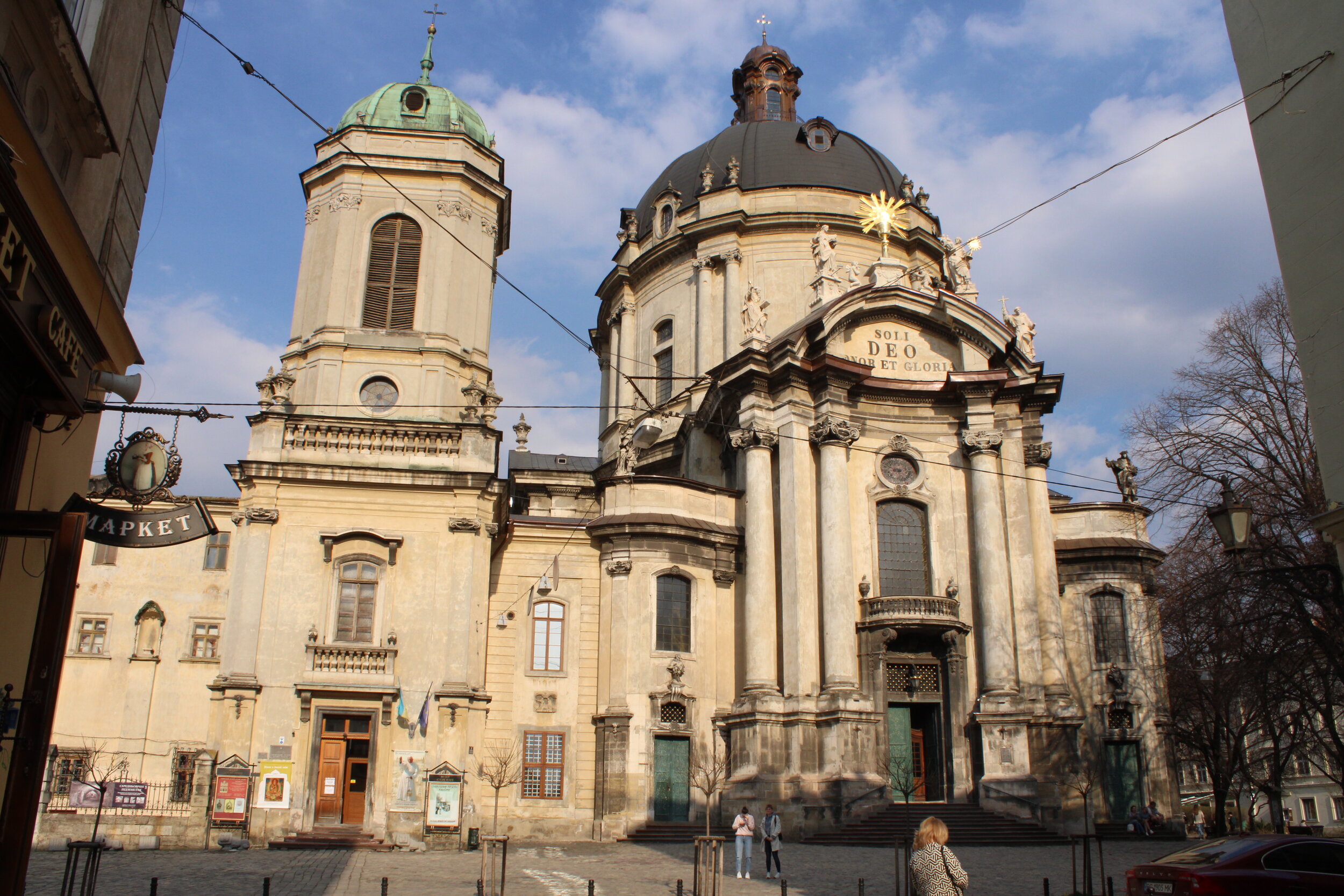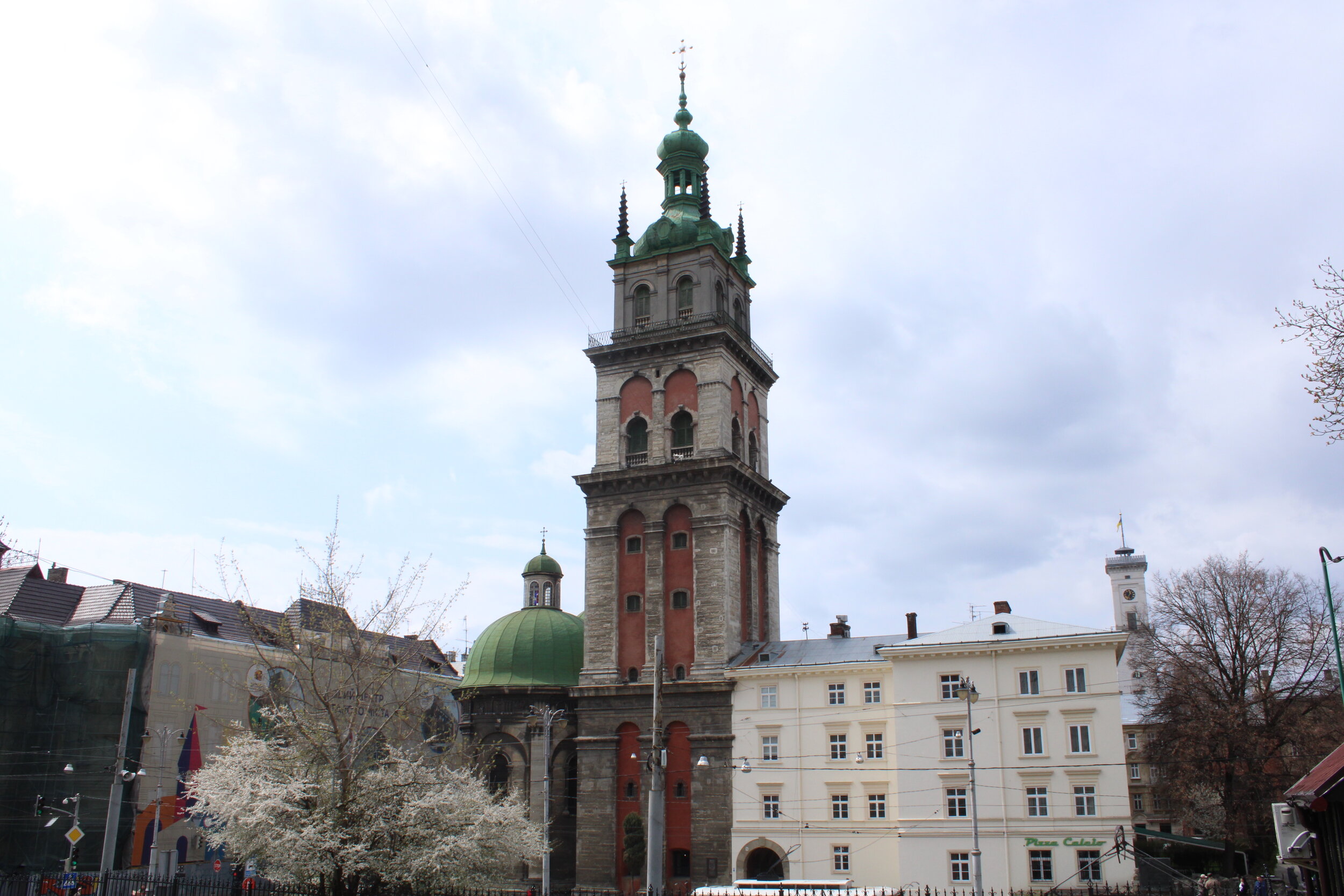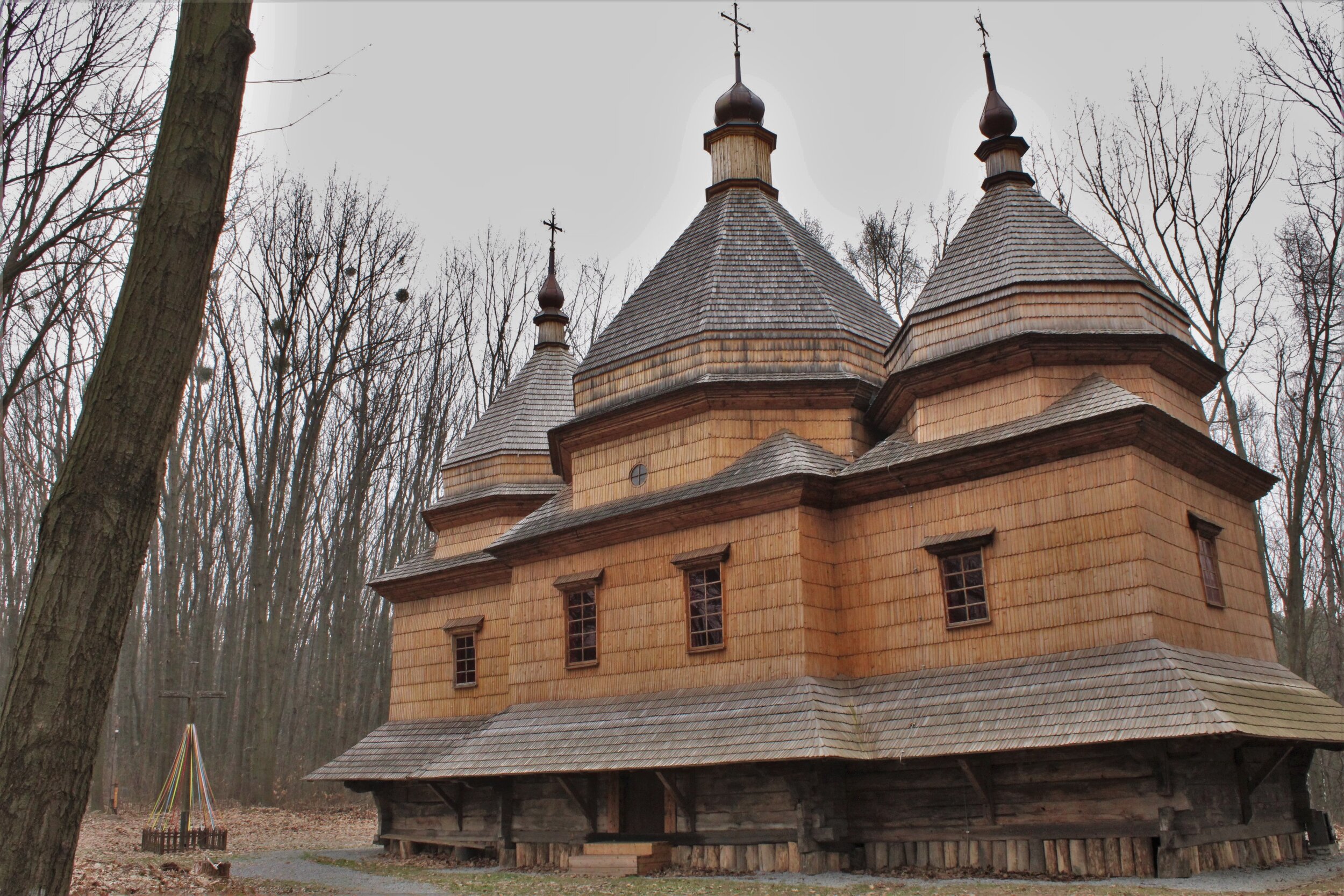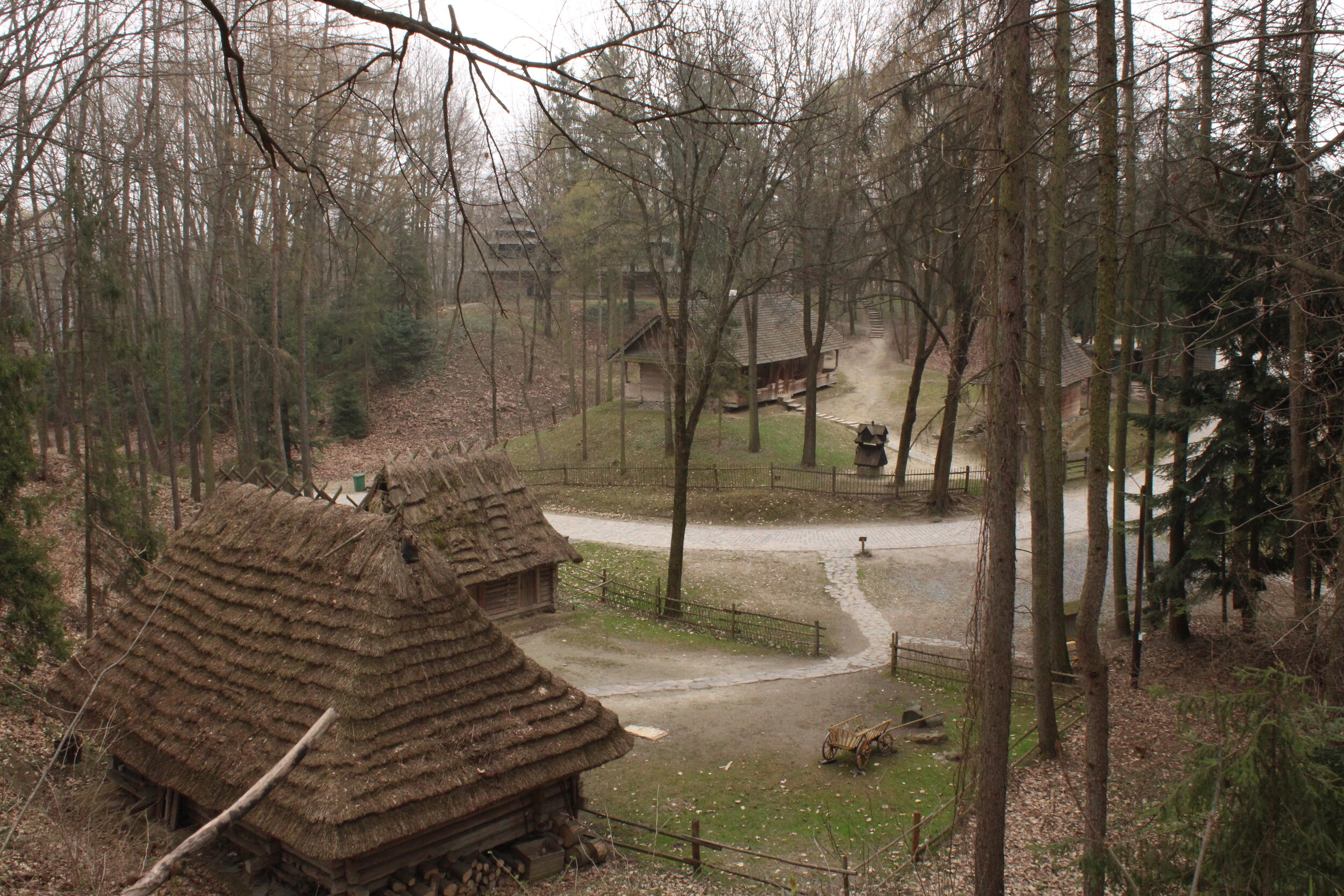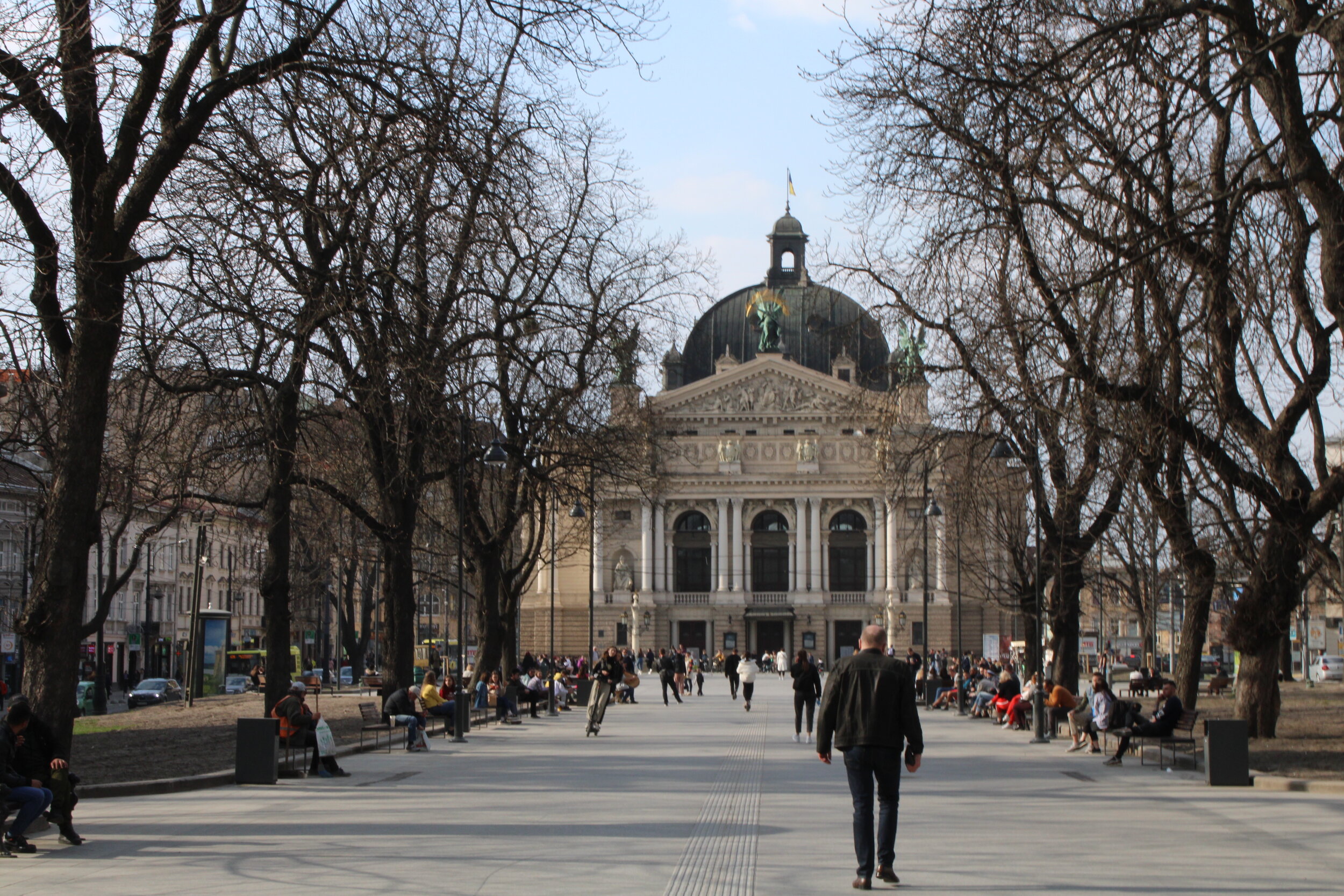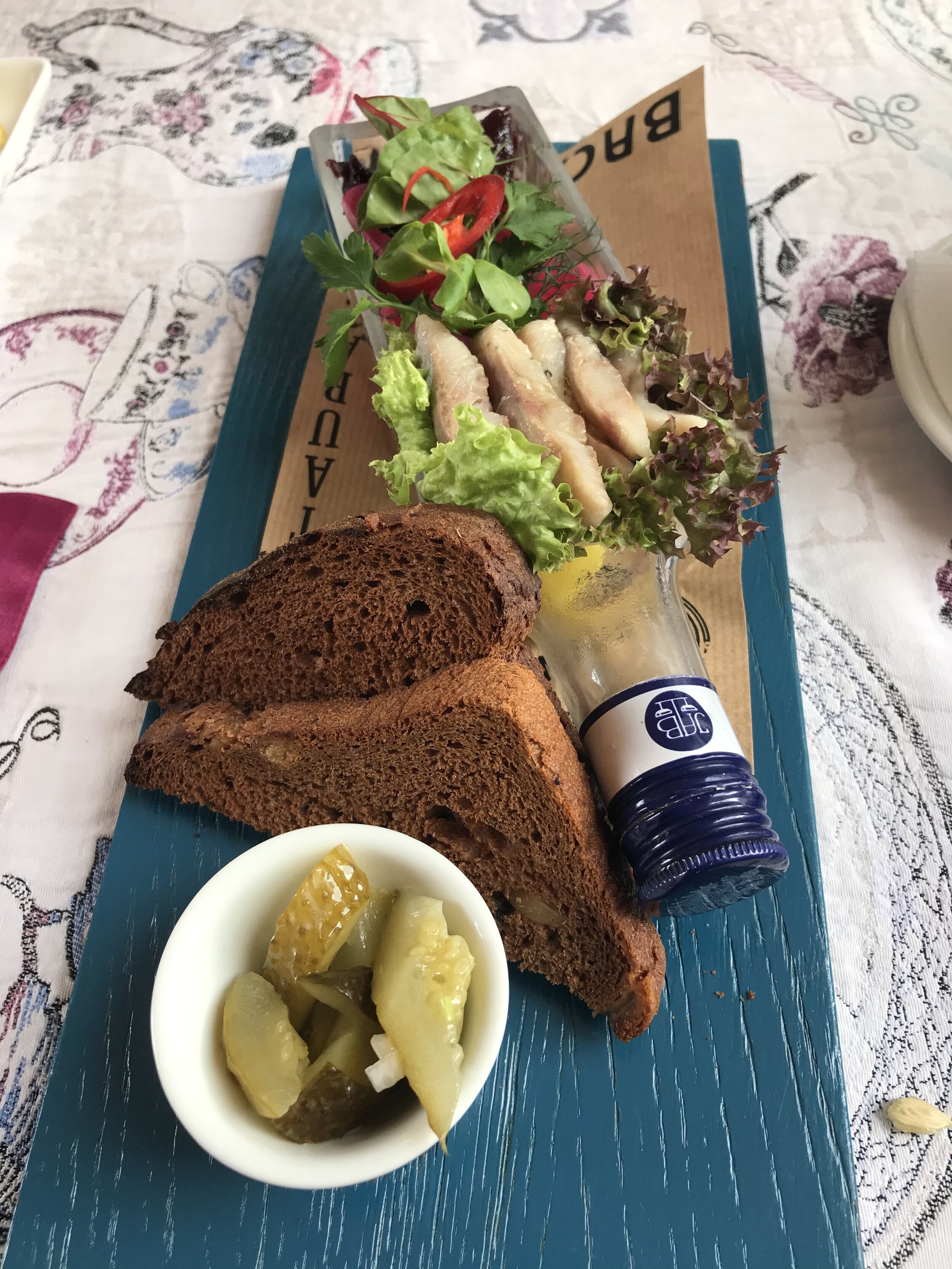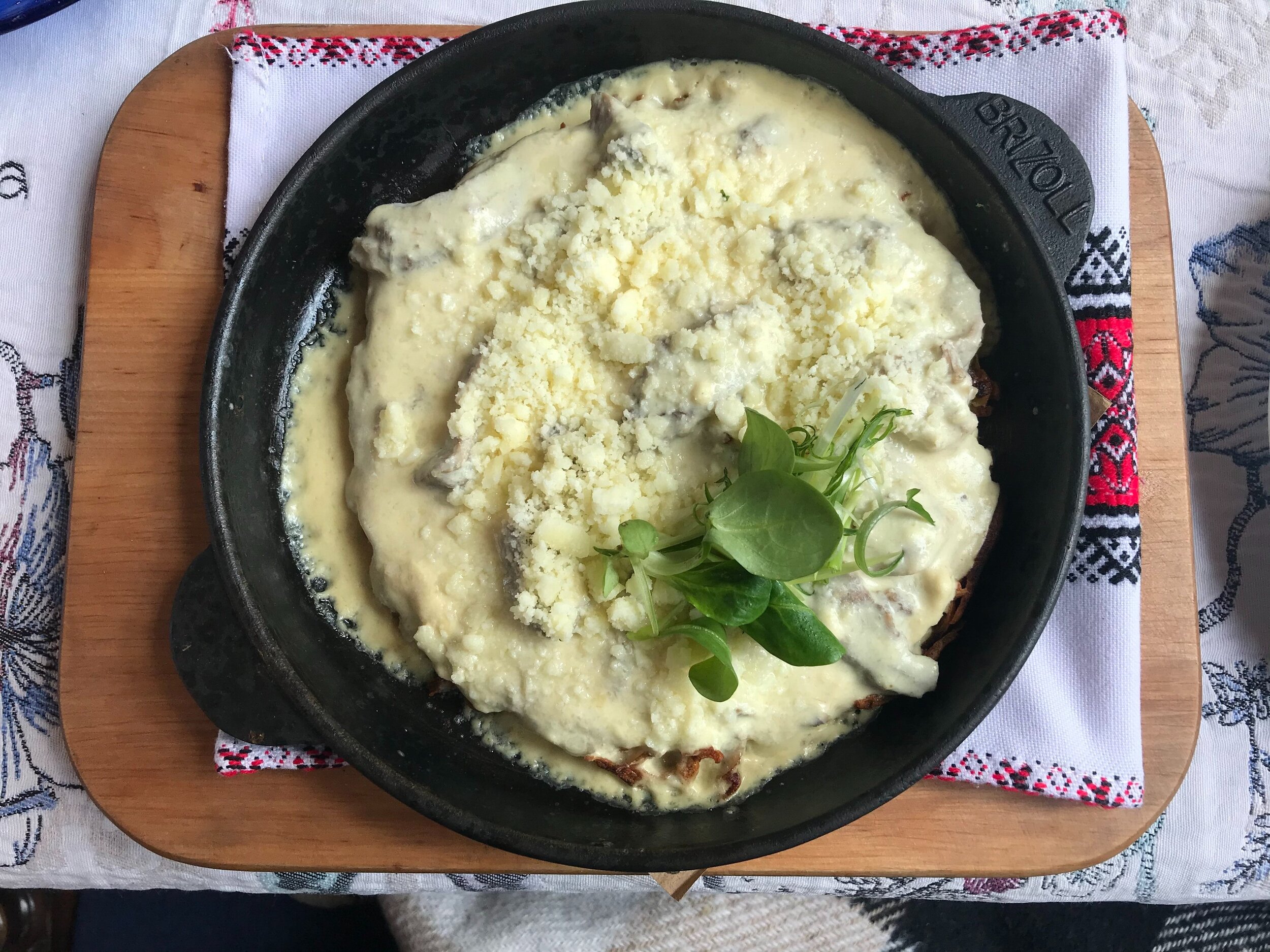In a country not known for making positive headlines, a light of modernity, culture, and beauty in Ukraine shines brightly from the small city of L’viv.
Described by practically everyone as “like a real European city,” L’viv is one of the principal ports of entry into the country, and a base of operations for most people looking to explore western Ukraine, with her mountains, forests, castles, wooden architecture, and traditional cultures.
The primary difference between L’viv and Kyiv the capital, is about 2,200,000 people. The two cities, recognized internationally by UNESCO as World Heritage Sites, are quite different sizes, with the former being tailor-made for a gentle stroll down cobbled streets, and the other for big city sights and recreation.
Not far from the border with Poland, and having been controlled by several different European empires over the 2nd millennium CE, L’viv is a multi-cultural city; multi-cultural in its religious devotions, its cuisine, and its architecture.
While capable of being done in a day, L’viv is perfect as mentioned earlier, for a base of operations to explore western Ukraine, with its traditional ethnic groups, rich history, the stunning Carpathian mountains, and more.
Morning – posh breakfast, Potocki Palace, and the Cathedrals of L’viv
The first thing that should be mentioned in this In-a-Day guide is that the exchange rate of USD or Euro to UAH, or “hryvnia” is very favorable, and so you can live it up in L’viv far more than other European towns.
Take for example a great stop for a delicious and decadent coffee and breakfast from a bygone era, translated through Google Maps as “Confectionery-pharmacy Ionic Under the Golden Star” at 1 Mykoly Kopernyka Street.
The place is all draped in stained ebony and velour, and sells rich tasty coffee to be paired with guilty-pleasure pastries like strawberry shortcake, as well as quiche, or rabbit stew meat pies if you like your breakfast salty. The barista will ask for a couple hundred UAH, but that’s about $6-10 dollars, so don’t fret.
IF YOU LIKE ART: After breakfast, a good walk is in order to speed up digestion, and right down the street is one of the major architectural landmarks in the center of town, the Potocki Palace, which along with being beautiful on its own, shares its address with the L’viv National Art Gallery.
— Tours available, 90 UAH entry cost for adults, (around $4.00).
Next to the café is the entrance to Miskevycha Square, which you’ll recognize by its trolley rails and wide space. To the left, the streets run parallel towards the Grand Opera and Ballet Theater at the end of the strip, while among the buildings on the opposite side of the street to the café are several of L’viv’s most important public plazas.
The first you’ll pass is Katedralna Square, while the second, just beyond, is the famous Rynok Square, containing City Hall, and another cathedral. There are plenty of small shops to buy souvenirs in, or cafes in which to lounge.
The cathedrals are nice because no two are even remotely the same. Also in Rynok Square is a landmark known as the “Italian Courtyard” which features beautiful Renaissance architecture and live music.
IF YOU LIKE MORE CATHEDRALS: There are three more of note just beyond Rynok Square. You’ll notice their towers from far away, and they’re called the Dormition Church and the Chapel of the Three Saints, St. Michael’s Church up on the hill beyond the trolley rails, and the Dominican Church and Monastery to the north of Dormition Church.
IF YOU LIKE HISTORICAL MUSEUMS: South of the Dormition Church is the former arsenal of the city, turned into a museum detailing its past conflicts, while across from the Dominican Church is the Museum of Religious History; notable in L’viv as it contains a mixture of Catholic, Greek Orthodox, Jewish, and Russian Orthodox beliefs.
Museum of Folk Architecture, Lunch, and Options
By far the most important museum in the whole of the city is not collected in a historic building but spread across forested hills and valleys in one of L’viv’s largest parks. Western Ukraine, and the mountains therein, are populated by several distinct ethnic groups: the Hutsuls, the Boykos, and others. Their fantastic fairy-tale wooden architecture is displayed in a large open-air museum in Znesinnia Landscape Park.
The buildings were transported there from different parts of the country, with some leaving behind histories as long as the United States’ when they arrived. There are over a hundred buildings in total, and the park’s landscape has been tailored and cultivated to appear exactly like the environments the buildings were built in. They consist of churches, workshops, homes, storehouses, stables, and more.
— 50 UAH entry cost for adults, (around $2.00).
After that, you’ll have worked up a major appetite, and if you don’t want to resign yourself to eating street food, like Kachpuri, a Georgian-style pizza, ask a cab driver or take a bus back to the statue of Taras Shevchenko on Svobody Avenue, and turn back into the plaza towards Shevska Street.
The restaurant you’re looking for is called Baczewski, a piece of culinary history as well as being simply one of the better restaurants if you’re wondering “what the heck is Ukrainian food?” Combining the multi-culturalism of the long-gone Galician ethno-sphere, which contained Ukrainians, Poles, Jews, Armenians, and the influences of the Austro-Hungarian Empire, the food is a tremendous ambassador for eastern European gastronomy.
Baczewski is also the world’s second-oldest vodka distillery, making it the perfect drink option. They also have a gift shop selling vodka-everything.
Their third floor includes a dining area inside a greenhouse, where canaries sing overhead, while below on the street, old velvet sofas and chairs sit next to tables covered in quilted tablecloths; old music plays the whole time.
— Lunch for two excluding alcohol might be 650 UAH (around $15-20).

